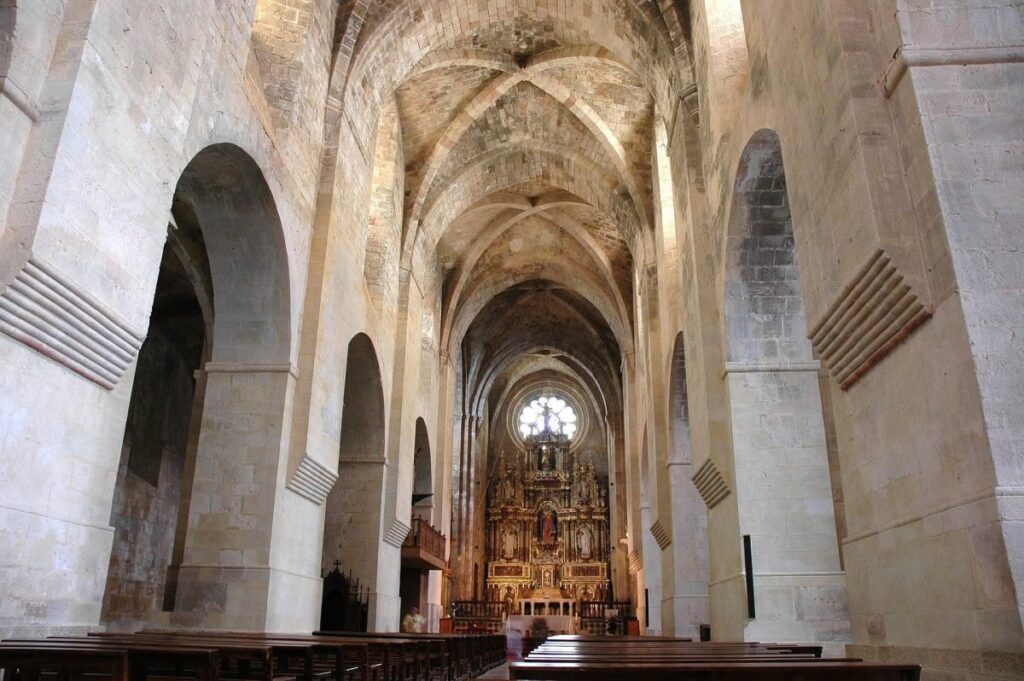Ancient Secrets Unveiled at Santes Creus

In a startling turn of events, archaeologists working on the restoration of the Royal Monastery of Santes Creus in Catalonia, Spain, have made a remarkable discovery. What began as a routine renovation project has turned into a significant historical find, shedding new light on the burial practices of Catalan nobility from the 13th and 14th centuries.
A Surprising Find in Gothic Cloisters

As workers began restoring the ancient Gothic cloister in April 2023, they uncovered six sarcophagi hidden within the walls. To the amazement of experts, these tombs contained the exceptionally well-preserved remains of a dozen Catalan nobles. This discovery was particularly astonishing given that previous documentation had led researchers to believe the tombs had long since been looted.
Preserving the Past

The bodies were found in remarkably good condition, with both skeletal remains and soft tissues intact. Alongside the human remains, researchers discovered preserved textile fragments, offering a rare glimpse into the clothing and burial customs of medieval Catalan nobility.
Royal Connections
The presence of these noble burials at Santes Creus is believed to be linked to the efforts of King James II of Aragon, who ruled from 1291 to 1327. James II and his wife, Blanca d’Anjou, sought to transform the monastery into a royal pantheon, making it a final resting place for Catalan royalty and nobility alike.
Identifying the Nobles
The sarcophagi bear heraldic symbols that have helped researchers identify the entombed individuals as members of prominent families such as Cervelló, Cervera, Queralt, Puigvert, and Montcada. This uniformity in social class and time period makes the discovery even more significant for historians.

Unlocking Medieval Mysteries
Researchers are now carefully extracting tissue and textile samples from the tombs. These samples promise to reveal fascinating details about the lives, diets, health, and burial practices of Catalan nobility during the Middle Ages.
As the investigation continues, this unexpected find at Santes Creus is poised to rewrite our understanding of medieval Catalan society and funerary customs, offering a unique window into a long-gone era.

